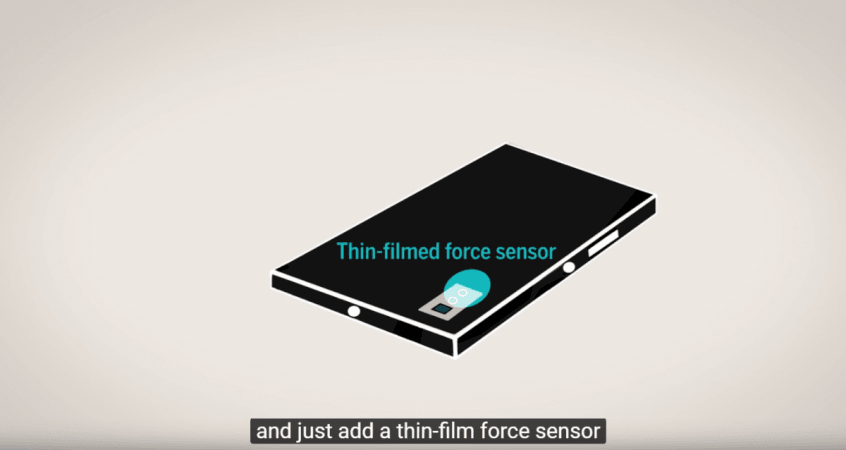
Although medical science has made several strides over the past few years, the blood pressure instrument - sphygmomanometer - hasn't evolved much. The device now comes with a digital display, but users still have to apply inflatable rubber cuff, which is strapped around the arm to get the Blood Pressure (BP) reading.
Scientists at the Michigan State University (MSU) have discovered a new measurement point in the arm, which can measure blood volume.
Researchers have claimed that the fingertip, which houses transverse palmar arch artery, can help get blood volume data with near-accurate systolic and diastolic readings, which are needed to calculate blood pressure.
"We targeted a different artery, the transverse palmer arch artery at the fingertip, to give us better control of the measurement," said Anand Chandrasekhar, MSU electrical and computer engineering doctoral student and the lead author, said in a statement.
"We were excited when we validated this location. Being able to use your fingertip makes our approach much easier and more accessible," Chandrasekhar added.
They initially developed a 1-centimeter smartphone attachment device, which communicates through the Bluetooth to display the result. It houses pressure sensitive optical sensor and force sensor clubbed together to calculate the blood volume and applied pressure in finger artery. Then, it transmits the data to the phone via an application, which uses the information to calculate the BP.

However, the results were not accurate compared to arm-cuffed devices. But, upon more research, they made good progress. Now, they have developed 1-millimeter thin-filmed force sensor, which eliminates the use of the big attachment to the phone.
This sensor can be applied to existing optical sensor on the smartphone to calculate blood pressure. Ramakrishna Mukkamala, MSU electrical and computer engineering professor and senior author of the study, said that they are working to improve the accuracy, as it depends on the finger pressure. If the user presses the sensor with less pressure, the readings will not be accurate.
So, they are working out methods to improve the accuracy by keeping a log of daily measurements (on the mobile app), which would produce an accurate average, discounting an occasional measurement anomaly, Mukkamala said.

As per the research study, only 20% people in the world are well aware of their heart condition. But, around 45% and 55% people in developed and developing markets are not even aware that they are hypertensive and go undiagnosed. This leads to sudden heart strokes and other ailments.
With the development of the smartphone-compatible BP sensor, people need not buy a separate device for personal care and will definitely be a boon for low-income population in emerging markets.
There is no word on when the commercial variant will be out in the market, but scientists are still working to make it more reliable and also be able to measure BP when the patient is asleep. For that, they require more tests with bigger sample groups. They also plan to add new features including an alert system, which will not only notify the users but also the caregivers that the former has a spike in BP rate so that medical help is provided immediately.
In addition to Anand Chandrasekhar and Ramakrishna Mukkamala, Mohammed Naji and Keerthana Natarajan are also part of the MSU study; Besides the MSU scientists, Sei Kim and Jin-Oh Hahn of University of Maryland researchers Chang also co-authors of the paper, says the Science Magazine, which has published the study.

















